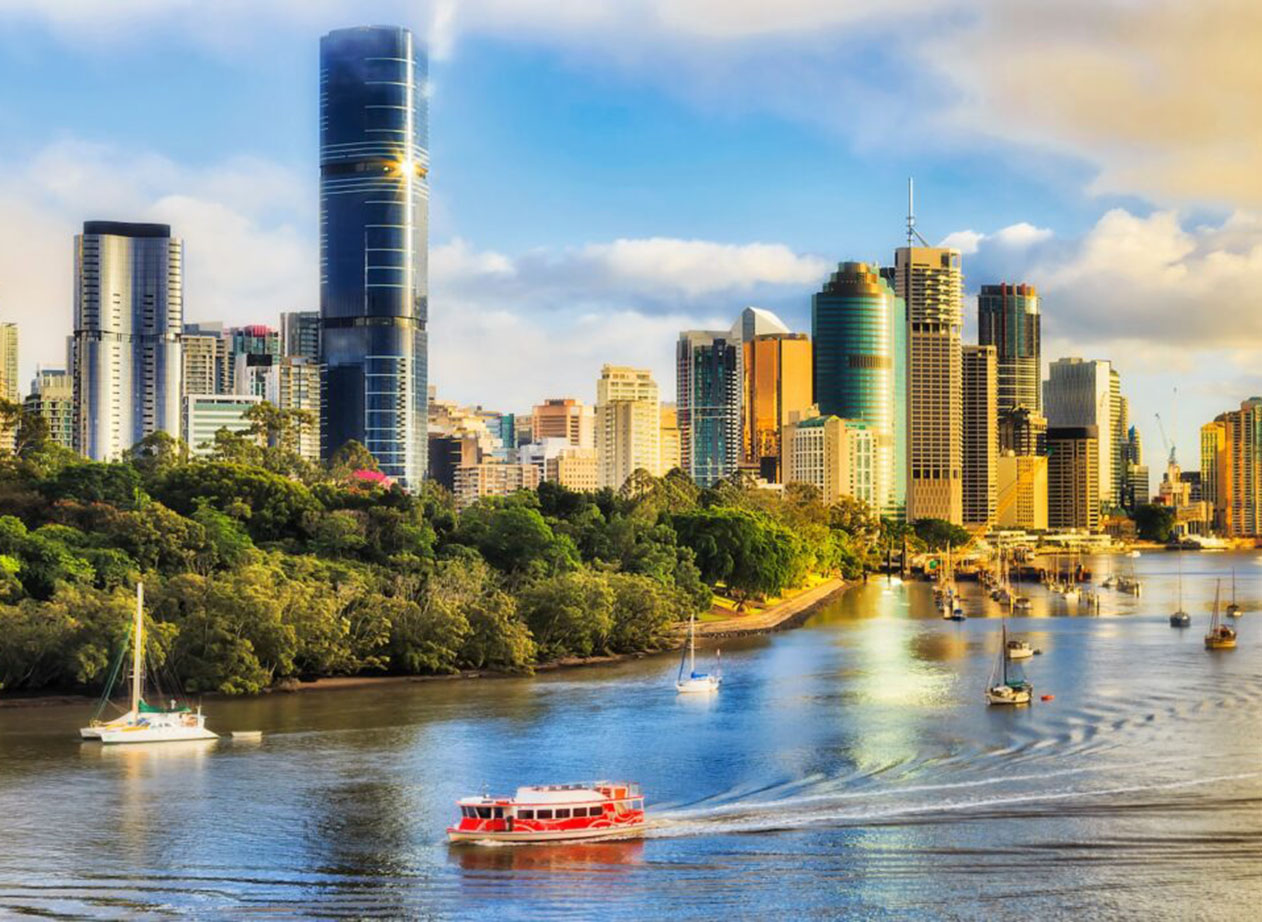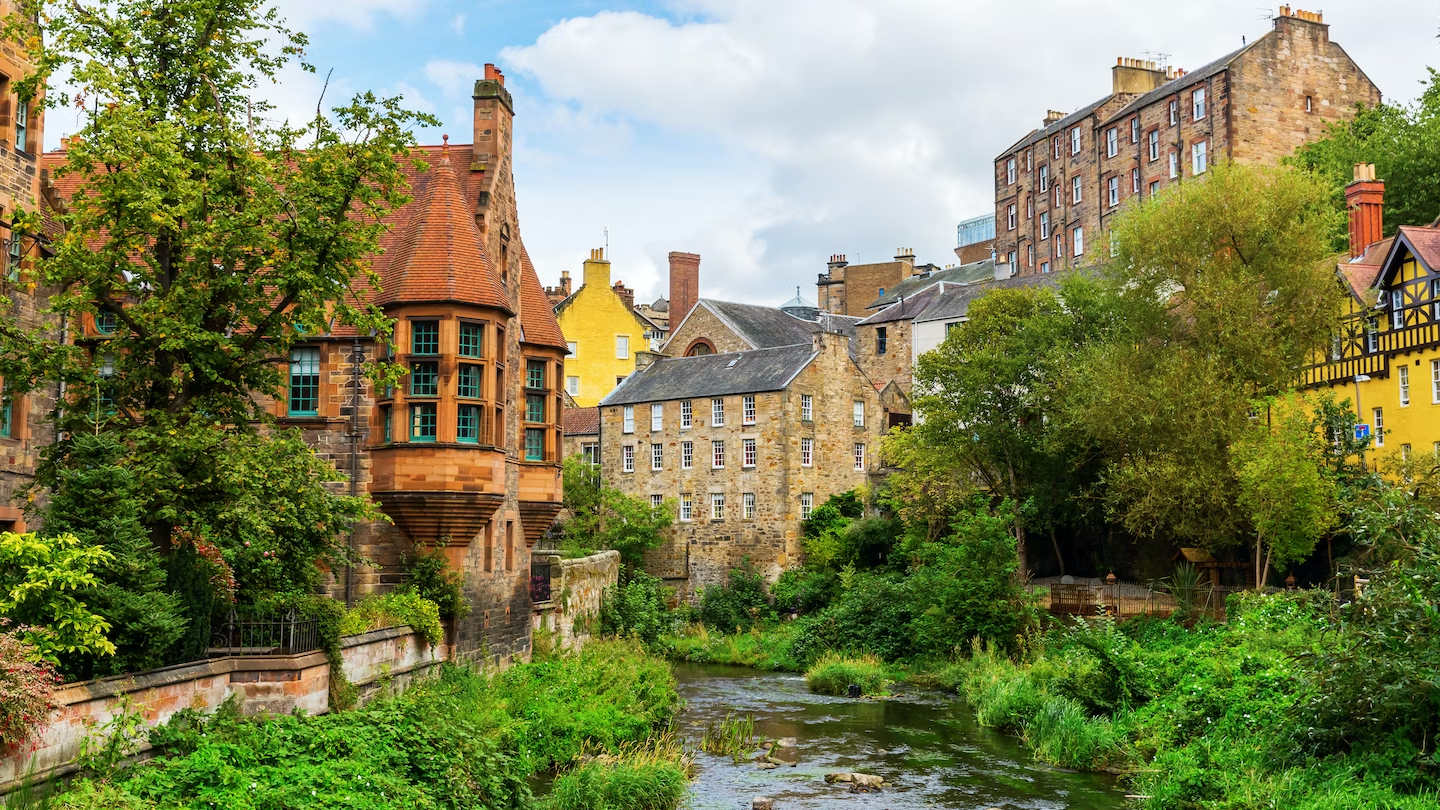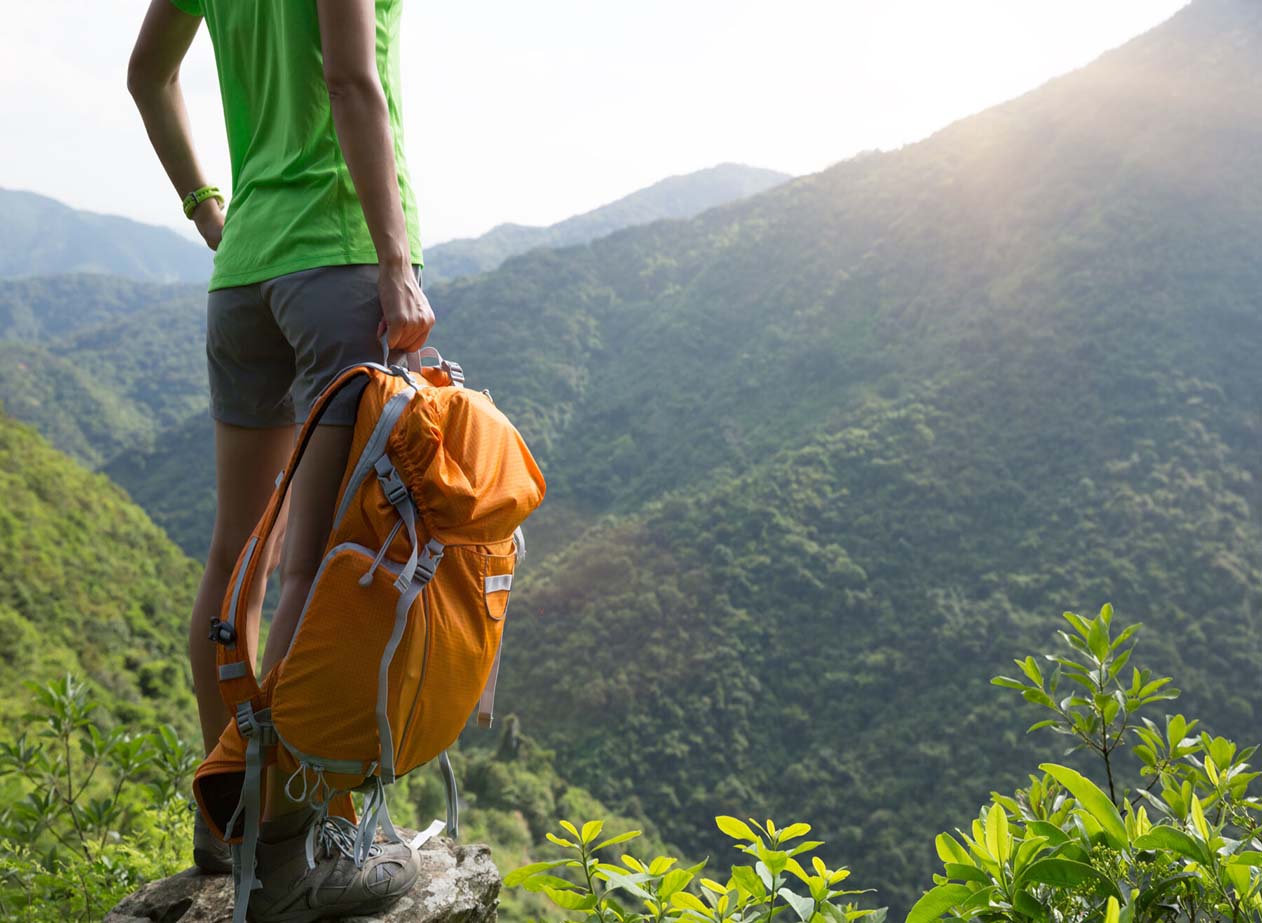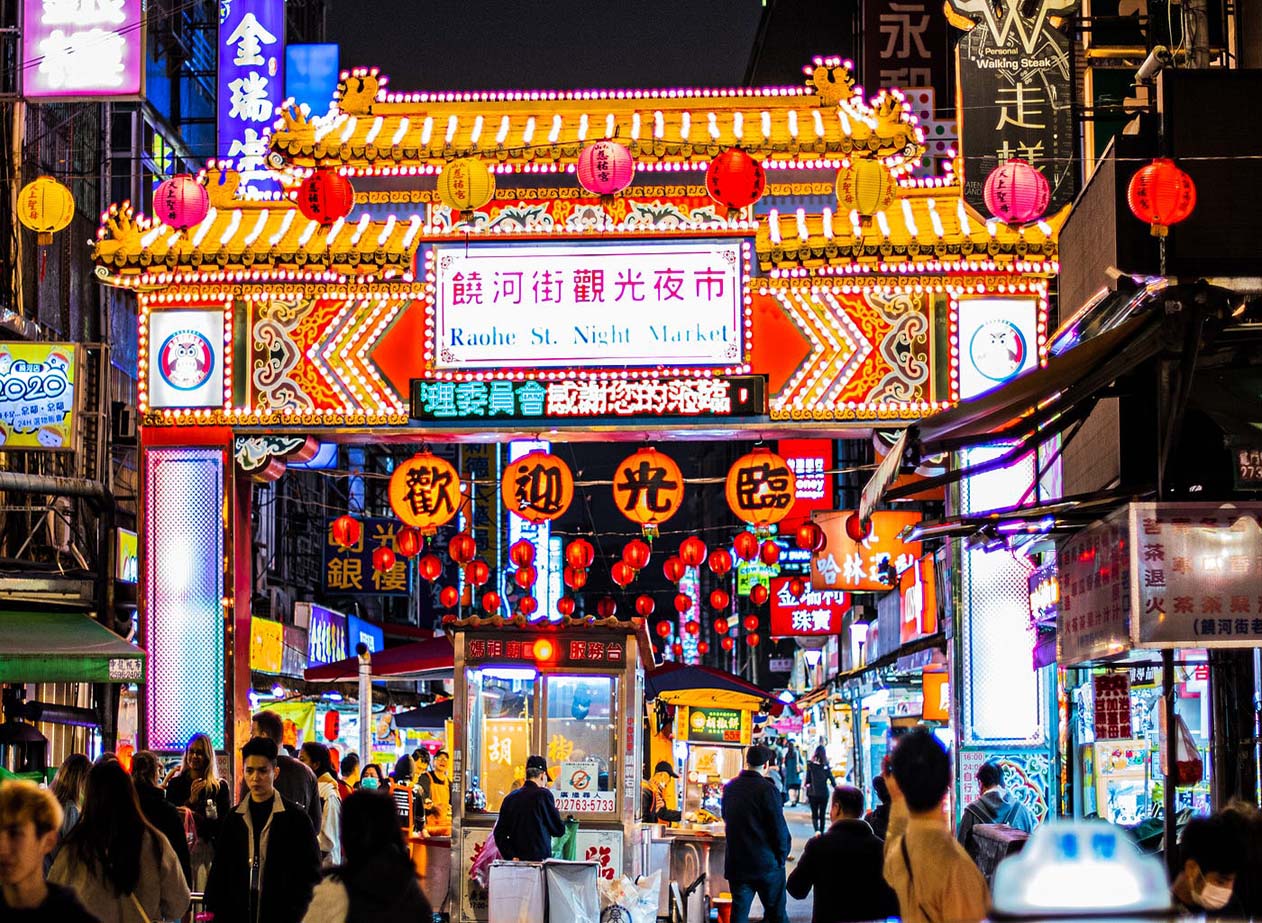Traveling to Brisbane has always been on my bucket list, and recently, I had the opportunity to explore this vibrant Australian city. From its stunning river views and lush parks to its bustling markets and lively street art, Brisbane offers a perfect blend of urban charm and natural beauty. In this blog, I’ll share my experiences, tips, and everything you need to know if you’re planning your first visit to Brisbane.
Preparing for the Trip: Travel Gear and Essentials
When packing for Brisbane, I focused on comfort and versatility. The weather in Brisbane can be quite warm, especially during the summer months, so lightweight clothing was a must. I packed breathable t-shirts, shorts, a light jacket for cooler evenings, and a pair of comfortable walking shoes. Don’t forget your sunglasses and a hat, as the sun can be intense, and sunscreen is essential to protect your skin.
Given Brisbane’s casual vibe, I also included a few outfits that could transition from day to night. A sundress and a pair of sandals were perfect for exploring the city during the day and dining out in the evening.
For my tech essentials, I brought along a portable charger, which was incredibly useful when navigating the city with my smartphone. I also packed a universal adapter, as Australia uses Type I plugs, and my travel documents were neatly organized in a waterproof pouch.
Currency Exchange and Getting a Local SIM Card
Before arriving in Brisbane, I made sure to exchange some currency. While credit and debit cards are widely accepted, having some Australian dollars on hand is convenient for smaller purchases, like street food or market goods. There are currency exchange booths at Brisbane Airport, but I found that the rates were better at currency exchange offices in the city center.
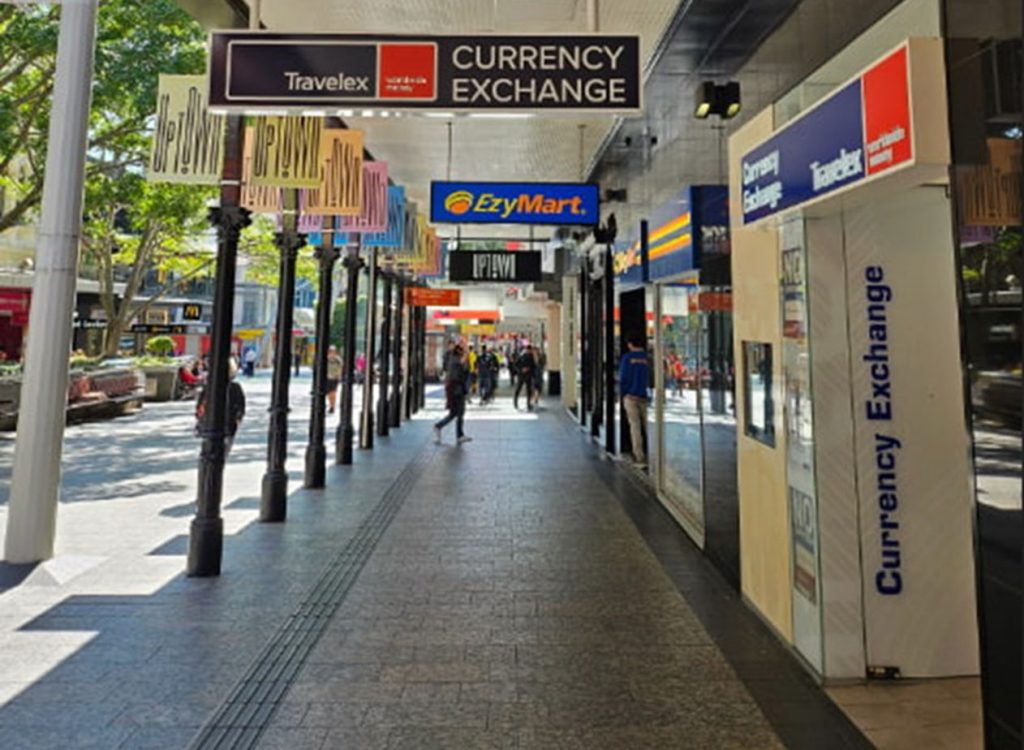
One of the first things I did after landing was to get a local SIM card. Staying connected is crucial for navigating the city and staying in touch with loved ones. I chose a prepaid SIM card from Telstra, one of Australia’s leading telecom providers. I purchased it at the airport, and the setup was straightforward. The card provided ample data for maps, social media, and even streaming. Other reliable options include Optus and Vodafone, both of which offer competitive rates and excellent coverage throughout the city.
Local Etiquette: What to Know and My Experiences
Brisbane is known for its friendly and laid-back atmosphere, but it’s important to be aware of some local customs and etiquette. Australians, in general, value politeness and a relaxed approach to life. Here are a few key points to keep in mind:
Greeting and Social Interactions
In Brisbane, people typically greet each other with a simple “Hello” or “Hi.” When meeting someone for the first time, a handshake is common. I noticed that Australians often use informal language, even in professional settings, which adds to the relaxed vibe of the city.
During my stay, I had several encounters with locals, and I found them to be incredibly warm and welcoming. One experience that stood out was when I visited a local café. After placing my order, the barista struck up a friendly conversation, asking about my travels and offering recommendations for places to visit in Brisbane. This casual, friendly interaction was typical of the people I met throughout my trip.
Tipping Culture
Tipping in Australia is not as customary as it is in some other countries, such as the United States. In Brisbane, tipping is appreciated but not expected. Most service workers earn a fair wage, so a tip is seen as a bonus for exceptional service rather than a requirement. I generally left a small tip at restaurants and cafés if the service was particularly good, and the staff seemed genuinely grateful.
Respecting Personal Space
Australians value personal space, so it’s important to respect boundaries. For instance, when waiting in line, it’s polite to give the person in front of you some space. I observed this in practice when using public transport and at busy markets.
Outdoor Etiquette
Brisbane’s outdoor culture is strong, with locals frequently enjoying the city’s parks, rivers, and beaches. When visiting public spaces, it’s important to clean up after yourself and follow any posted rules. During a visit to South Bank Parklands, I noticed that everyone was mindful of their surroundings, ensuring the area remained clean and pleasant for everyone.
Must-Visit Attractions in Brisbane
Brisbane is brimming with things to see and do. Here are four attractions that I highly recommend:
1. South Bank Parklands
Location: South Brisbane, along the southern bank of the Brisbane River.
Highlights: South Bank Parklands is a vibrant area featuring lush gardens, walking paths, and a man-made beach, all with stunning views of the city skyline. You can take a leisurely stroll along the river, explore the Nepalese Pagoda, or cool off with a swim at Streets Beach, a popular spot for both locals and tourists.
Getting There: South Bank is easily accessible via the Brisbane CityCat ferry service, which offers scenic rides along the river. You can also reach the parklands by train, with South Brisbane Station located nearby.
Travel Tip: Weekends can be busy, so if you prefer a quieter experience, visit during weekdays. The parklands host various events and markets, so check the schedule to catch local performances or grab a bite from food stalls.
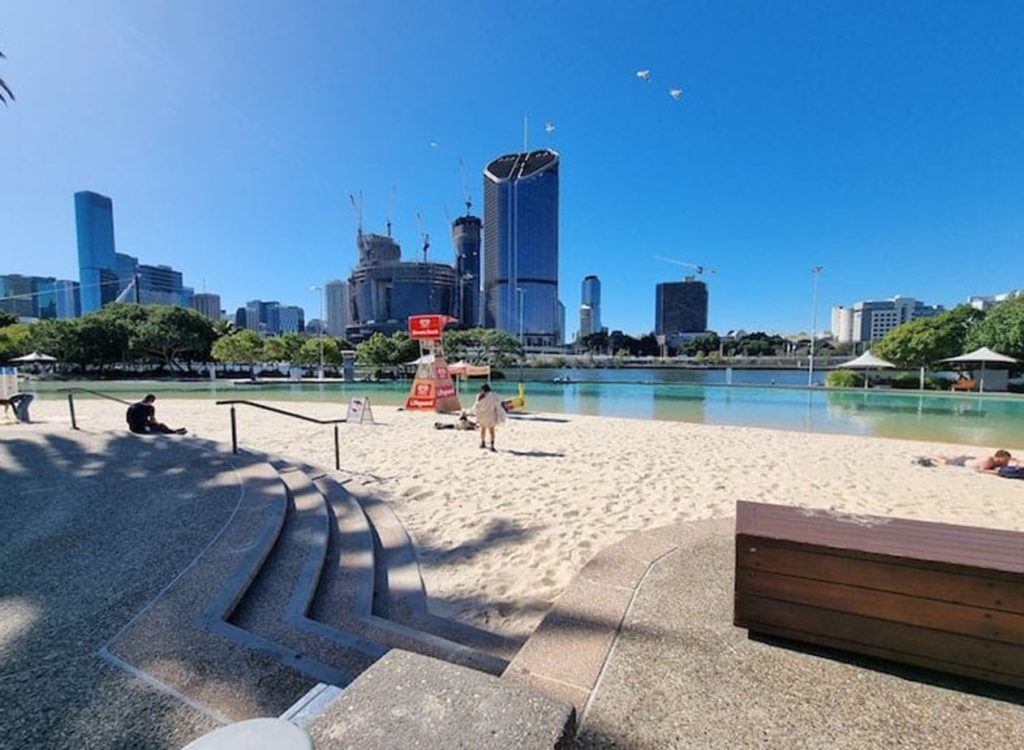
2. The Brisbane Botanic Gardens, Mount Coot-tha
Location: Mount Coot-tha Road, Toowong.
Highlights: The Brisbane Botanic Gardens at Mount Coot-tha offer a peaceful escape from the city. The gardens are home to an impressive collection of plants from around the world, including a tropical dome, Japanese garden, and Australian rainforest area. The nearby Mount Coot-tha Lookout provides panoramic views of Brisbane, making it a great spot for photos.
Getting There: The gardens are about a 15-minute drive from the city center. If you’re using public transport, buses from the city center will take you directly to the gardens.
Travel Tip: Wear comfortable shoes, as there’s a lot to explore. Pack a picnic and enjoy lunch amidst the beautiful surroundings.
3. Lone Pine Koala Sanctuary
Location: Jesmond Road, Fig Tree Pocket.
Highlights: As the world’s oldest and largest koala sanctuary, Lone Pine offers an unforgettable wildlife experience. You can cuddle a koala, feed kangaroos, and see a variety of Australian animals, including wombats, dingoes, and platypuses.
Getting There: The sanctuary is about a 30-minute drive from the city center. Alternatively, you can take a river cruise from South Bank, which is a scenic and relaxing way to reach the sanctuary.
Travel Tip: Arrive early to avoid crowds and have more time to interact with the animals. The sanctuary also offers educational talks and demonstrations, so check the schedule to make the most of your visit.
4. Queensland Art Gallery and Gallery of Modern Art (QAGOMA)
Location: Stanley Place, South Brisbane.
Highlights: QAGOMA is a must-visit for art lovers. The gallery showcases a diverse range of art, from traditional Indigenous works to contemporary pieces by international artists. The gallery’s rotating exhibitions mean there’s always something new to see.
Getting There: Located in South Bank, QAGOMA is easily accessible by public transport, including buses and the CityCat ferry service.
Travel Tip: Entry to the permanent collections is free, but some special exhibitions may require a ticket. Allow plenty of time to explore both galleries, as they are quite extensive.
Street Food and Food Safety Tips
Brisbane’s food scene is diverse, and street food is a great way to sample local flavors without breaking the bank. Here are some popular street foods and tips for staying safe:

Popular Street Foods
- Moreton Bay Bugs: A type of lobster that’s often grilled and served with garlic butter. Look for them at local markets.
- Aussie Pies: These savory pastries filled with meat, cheese, and sometimes vegetables are a must-try. They’re available at bakeries and food stalls.
- Lamingtons: A classic Australian dessert, these sponge cakes are coated in chocolate and coconut. They’re perfect for a sweet treat on the go.
Food Safety Tips
- Choose Vendors Wisely: Opt for stalls that are busy, as high turnover usually indicates fresh food. Check for cleanliness and how food is stored.
- Eat Fresh: Stick to foods that are cooked to order, as this reduces the risk of contamination. Avoid items that have been sitting out for a long time.
- Stay Hydrated: Brisbane can get hot, so make sure to drink plenty of water throughout the day.
Planning Your Itinerary and Budget
Itinerary Planning
- Prioritize: Focus on the attractions that interest you the most. For me, the combination of nature and culture at South Bank and QAGOMA was ideal.
- Pace Yourself: Don’t try to do too much in one day. Brisbane is a city to be enjoyed at a leisurely pace, with time for both sightseeing and relaxation.
- Mix It Up: Combine iconic attractions with lesser-known spots. For instance, after a day at Lone Pine, I enjoyed exploring the quieter side streets of Fortitude Valley.
Budgeting Tips
- Accommodation: Brisbane offers a range of accommodations, from budget hostels to luxury hotels. Booking in advance can secure better rates, especially during peak seasons.
- Dining: Balance dining out at restaurants with casual meals from markets or street food vendors to keep costs down.
- Transport: Public transport is efficient and affordable. Consider getting a Go Card, which offers discounted fares on buses, trains, and ferries.
Insurance Recommendations
Travel insurance is essential, especially for international trips. Make sure your policy covers medical emergencies, trip cancellations, and lost luggage. I chose a comprehensive plan from World Nomads, which offered good coverage and customer support.
Brisbane exceeded my expectations with its mix of natural beauty, cultural attractions, and friendly locals. Whether you’re exploring the city’s vibrant neighborhoods, relaxing by the river, or getting up close with wildlife, there’s something for everyone.
